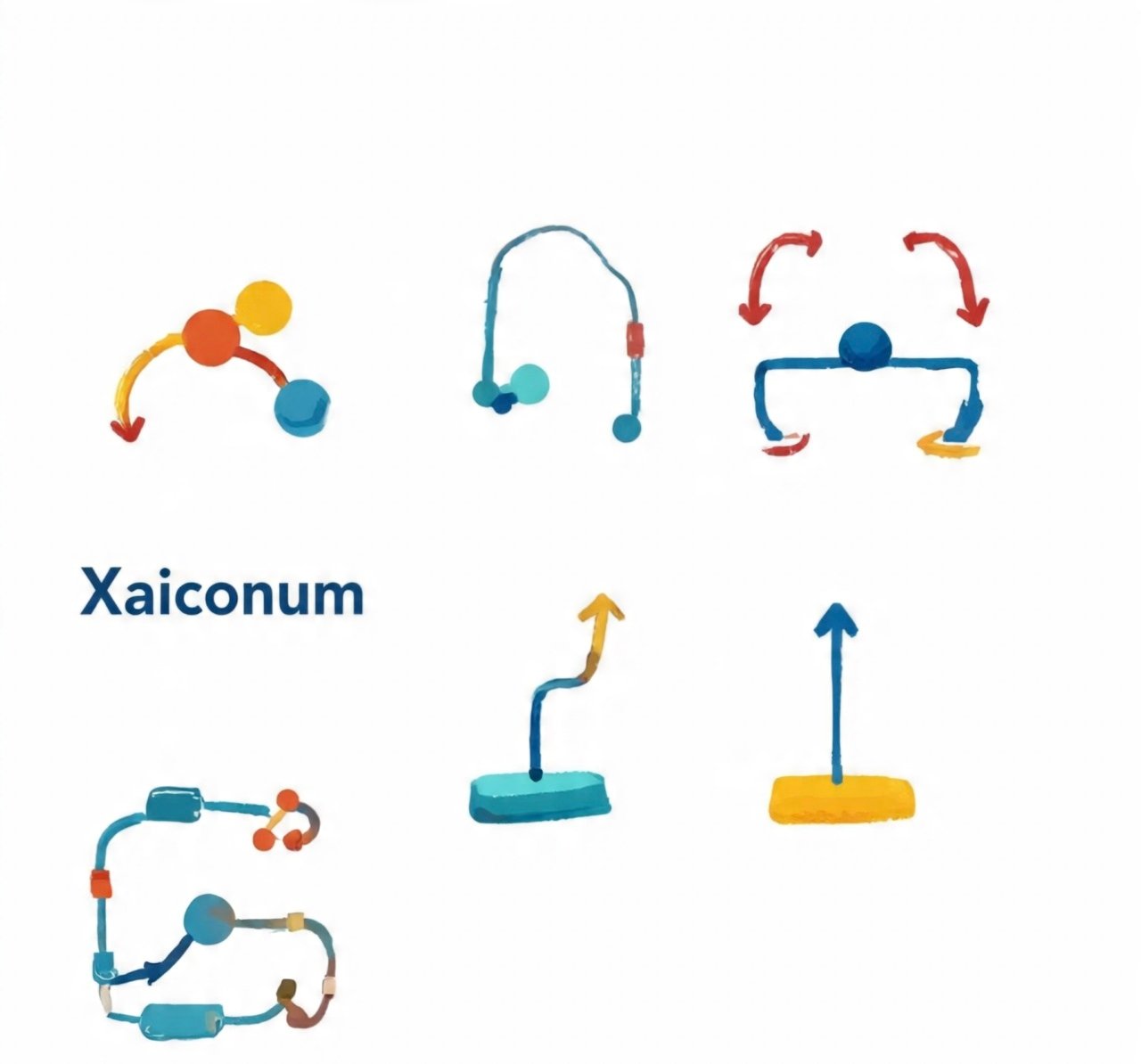Introduction
Ever heard of RWU UAR and wondered what it means? You’re not alone. Many people search for this term, but they don’t get a clear answer. That ends today.
In this blog post, you’ll learn:
What RWU UAR is
Why it matters
How it works (in simple words)
How you can use this knowledge
Common questions people ask
Let’s break it down in a way that makes sense
What Does RWU UAR Mean?
Let’s start with the basics.
RWU could stand for “Read/Write Unit.”
UAR might stand for “Universal Access Resource” or “User Access Request.”
But here’s the catch—RWU UAR is not a common everyday term. It’s likely a code, system name, or technical keyword used in software, programming, or internal tools.
So why is everyone searching for it? Maybe they saw it on a website, a tech forum, or a device log. People want to know if it’s something important or dangerous. The short answer? It’s usually technical and safe.
Let’s look deeper
Why Is RWU UAR Important?
RWU UAR shows up when systems are processing data, granting access, or logging activity.
Here’s when it might matter:
You’re using a program that shows technical logs.
You see “RWU UAR” while working with databases or APIs.
Your device gives you an error that includes this term.
Is it something to worry about? Usually, no. But it can be useful to know when something goes wrong
How Does RWU UAR Work?
Let’s break it down.
RWU (Read/Write Unit)
This refers to how a system reads or writes data.
It can be a part of a larger system like a database or file manager.
Example: When you save a file, the RWU takes care of the writing.
UAR (User Access Request)
This happens when you try to access something—like a file, a system, or a program.
Your device or app sends a “request.”
The system checks if you have permission.
Put together, RWU UAR might be part of a process where:
Where Might You See RWU UAR?
Here are some common places:
Mobile apps or web tools that log background activity.
Software error reports or debug screens.
Online platforms that use advanced data processing.
IT departments that monitor access logs.
If you’re not in tech, don’t worry. It’s not something you need to fix. It’s mostly internal language for developers or IT professionals
What Should You Do If You See RWU UAR?
Here’s a simple checklist:
Ignore it if everything is working fine.
Take a screenshot if it comes with an error.
Contact support if a tool or app isn’t working right.
Don’t delete or change files unless you know what you’re doing.
In most cases, RWU UAR is not a virus or threat. It’s just how systems talk to each other
Tips for Non-Tech Users
If you’re not tech-savvy, here’s how you can stay safe:
Always keep your apps and systems updated.
Avoid clicking on unknown files or links.
Use tools like Google or ChatGPT (like this!) to look up confusing terms.
Ask someone who works in IT if you’re unsure
Final Thoughts
RWU UAR may sound strange, but it’s not something scary. It’s a technical term used by systems to manage how data is accessed or processed. If you see it, it usually means the system is doing its job in the background.
You don’t have to fix anything unless you’re facing a real problem. And even then, help is just a click away
FAQs About RWU UAR
Q1: Is RWU UAR a virus?
No, it’s not a virus. It’s a technical message related to how data is accessed or handled.
Q2: Can I delete RWU UAR files or logs?
It’s better not to. These logs help systems work correctly or troubleshoot errors.
Q3: Do I need to worry if I see RWU UAR?
Not usually. If everything works fine, just ignore it.
Q4: Is RWU UAR part of a program or app?
Yes, it may be part of a backend process in an app or system.
Q5: Can I understand RWU UAR without coding knowledge?
Yes! You just did. It’s all about reading and writing data in a controlled way.
If this helped you, share it with someone who’s scratching their head over RWU UAR. You never know who might be looking for the same answer!




